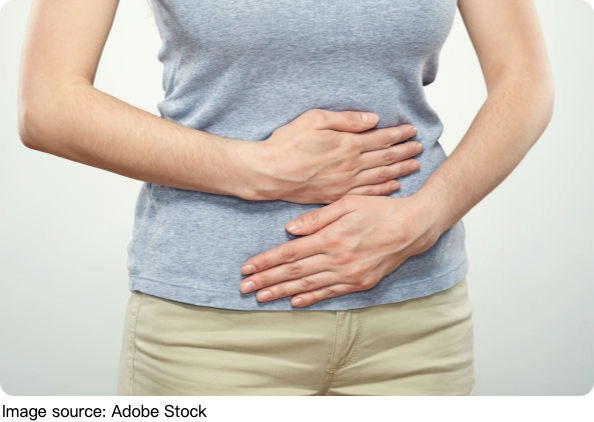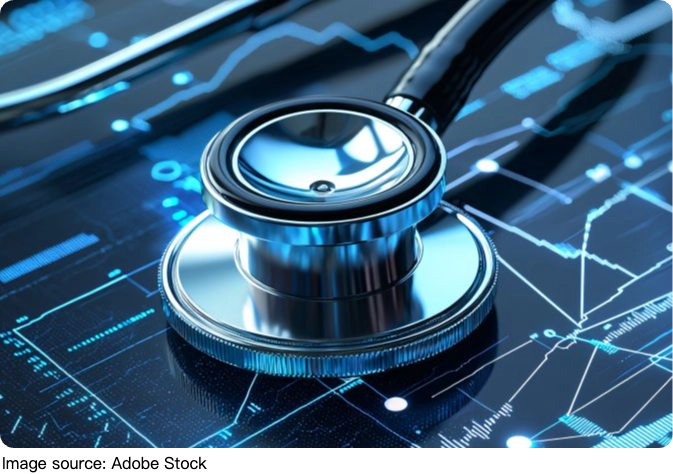Why Gas Hits You Daily?

While daily gas production is a physiologic norm, persistent or excessive gas may suggest underlying disturbances in gastrointestinal motility, fermentation patterns, or microbial balance.
Understanding the medical relevance of frequent gas helps clinicians distinguish between benign symptoms and indicators of more complex pathologies.
Baseline Physiology of Gas Formation
In a typical adult, gas is produced through a combination of swallowed air and colonic fermentation. Approximately 500 to 1500 milliliters of gas may be generated per day, with nitrogen, carbon dioxide, hydrogen, and methane as common constituents. According to a recent study, fluctuations in gut microbiota and dietary fiber fermentation play pivotal roles in determining the volume and composition of intestinal gas.
When Does Gas Become Clinically Relevant?
Mild flatulence alone is rarely indicative of disease. However, when gas is accompanied by bloating, distension, cramping, or altered bowel habits, further evaluation may be warranted. Functional gastrointestinal disorders such as irritable bowel syndrome (IBS) or small intestinal bacterial overgrowth (SIBO) are common culprits.
Dr. Michael Camilleri, a leading gastroenterologist and researcher, emphasizes, "Chronic digestive symptoms—such as foul-smelling or excessive gas accompanied by discomfort—often point to underlying dysbiosis or malabsorption that warrant careful clinical evaluation."
Microbiome Imbalance and Fermentation Gases
The large intestine hosts trillions of microorganisms that break down undigested carbohydrates. An imbalance in this microbial ecosystem may result in abnormal gas profiles. Notably, methane-producing Methanobrevibacter smithii has been associated with slower intestinal transit, while hydrogen-dominant fermentation is often linked to rapid bowel movements.
A recent clinical trial showed that patients with excessive methane excretion had a higher prevalence of chronic constipation and bloating, suggesting diagnostic utility in breath testing.
Red Flags: When Gas May Signal Pathology
While gas itself is rarely dangerous, certain symptoms merit a referral:
- Unintended weight loss
- Night-time abdominal symptoms
- Persistent diarrhea or constipation
- Visible abdominal distension that worsens postprandially
- Family history of gastrointestinal malignancy
Role of Dietary Components and Food Intolerances
Fermentable oligosaccharides, disaccharides, monosaccharides, and polyols (FODMAPs) are significant contributors to gas. Patients with fructose or lactose intolerance often experience bloating and excessive flatus due to incomplete digestion in the small intestine.
Controlled elimination diets under medical supervision remain a standard approach. It's crucial, however, not to overly restrict nutrient intake, which could further disturb microbial diversity.

Pharmacologic and Non-Pharmacologic Interventions
For individuals with distressing symptoms, treatment is typically targeted. Agents such as simethicone can reduce surface tension of gas bubbles, while rifaximin has shown efficacy in hydrogen-predominant SIBO. Emerging therapies, including microbiome-targeted probiotics and fecal microbial transfer (FMT), are under clinical investigation for gas-related disorders.
However, their routine use remains investigational and must be guided by evidence-based protocols.
Daily gas, in most cases, is a reflection of normal digestion and microbial activity. Yet when symptoms become disruptive or deviate from baseline patterns, they may serve as valuable indicators of gastrointestinal dysfunction.
Clinicians must distinguish between physiological norms and pathological signs using a patient-specific, evidence-based approach. Understanding the complex interplay between diet, microbiota, and motility is essential in interpreting gas-related symptoms within clinical practice.


